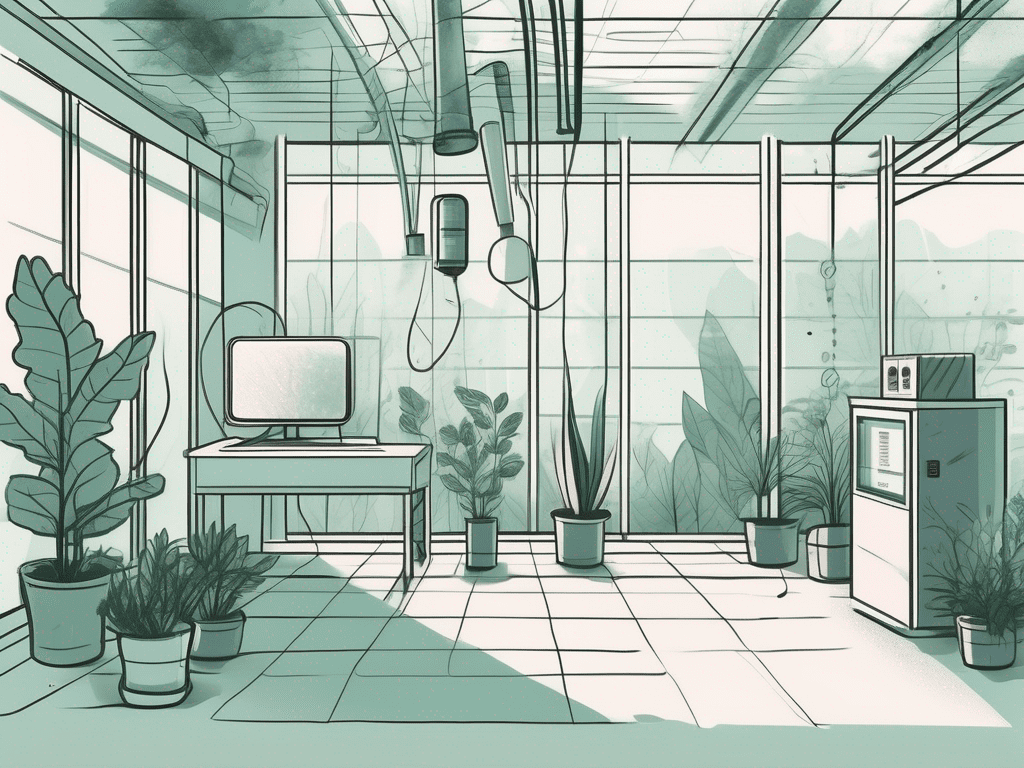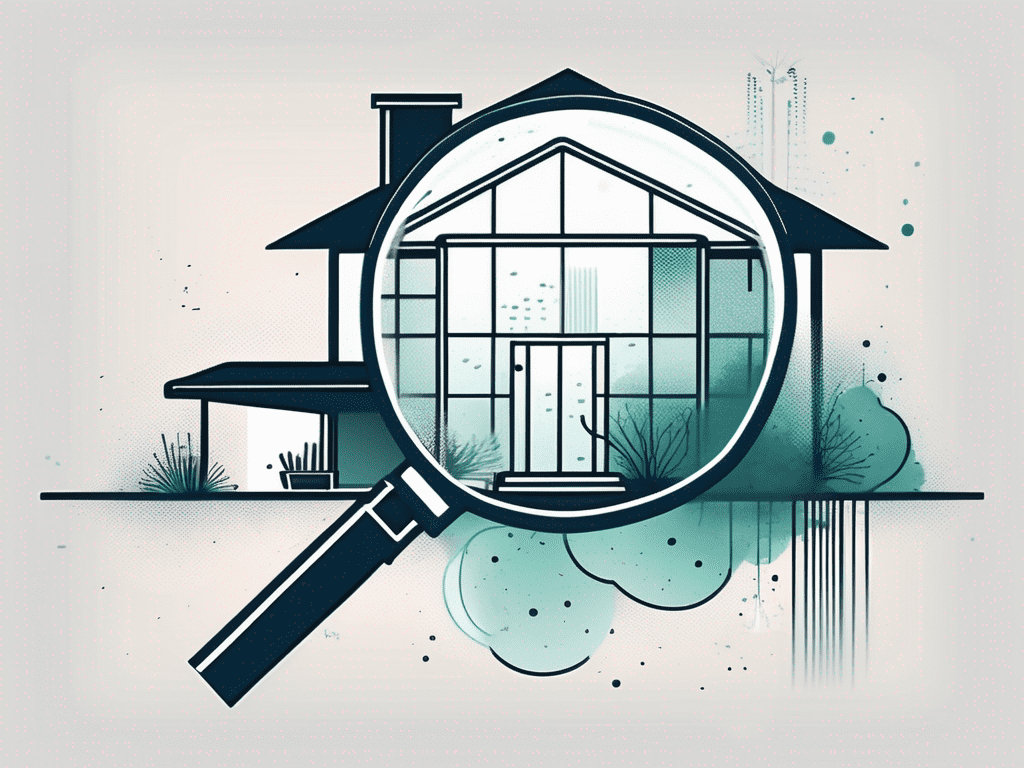According to the EPA, over 70 million tons of pollution were released into the air in the United States in 2019 alone. That’s scary. Even more frightening, the EPA’s research shows that indoor air quality can be two to five times worse than outdoor air. Most people don’t realize it, but building equipment pollutants are a large reason indoor air quality levels are so poor.
That’s right, the same equipment that heats and cools the air in your business or home, the lights that help you see and even the materials used in building and repairs can cause poor indoor air quality. As concerning as this is, there are things you can do to help prevent poor indoor air quality.
Sources of Building Equipment Pollutants
The first thing you need to do is understand what is causing the problem. Any fuel-burning or combustion driven machines can produce pollutants. Carbon monoxide is a common byproduct of cars and engines, but other things like an oil-burning stove or furnace can also create pollutants.
Heating and air conditioning equipment can also be a source of pollutants. (This is counterintuitive, we know.) Though they are designed to freshen the air, in many cases, they circulate pollutant-filled air over and over. The trouble is this recirculated air gets worse the longer it stays indoors. Pollutants like viruses, bacteria, dust mites, mold and mildew are all trapped in an environment that is perfect for them to thrive and multiply that we’ve created, ironically, to keep us comfortable.
Other pollutants can be found in things like paint, insulation and cleaning products. Paint fumes can be very harmful, and when there isn’t enough ventilation these fumes remain in the system. The air may dilute it so you can’t smell them, but they remain. Old paint may also contain lead, which is extremely harmful.
If cleaning products are not properly used, stored or otherwise removed, it can create physical contaminants along with the particles, all of which is suspended in the air supply. Insulation materials like asbestos are known to cause cancer. Under-performing ventilation systems are another leading cause of indoor air pollution. Systems should be designed to remove indoor air and replace it with fresh air. When a system is overworked, it compromises the process. Clogged filters in these systems also adds to the problem as well as dirty ductwork. The older the building the more likely you and your family would benefit from cleaning the ducts.
Standard Air Classifications
The American Society of Heating and Air-Conditioning Engineers (ASHRAE) created a system to measure indoor air quality and take action to address the negative effects of building equipment pollutants. All new buildings must meet these standards for indoor air quality control. They also serve as a good rule of thumb to keep in mind.
Class 1 air quality has low levels of pollution, low sensory irritation and no noticeable odor. This class is suitable for office spaces, break rooms and other common areas.
Class 2 air quality has medium levels of pollution, mild sensory irritation and mild odor. Parking garages, bathrooms, locker rooms and gyms would be areas where you find Class 2 air.
Class 3 air quality has heavy levels of pollution, heavy sensory irritation and heavy odors. This level is in places like janitorial stations and trash rooms.
Class 4 air quality is any air that has a high level of contamination and high sensory irritation. This level is usually caused by gases or fumes at harmful concentration levels. These are the worst examples of the negative effects of building equipment pollutants.
Getting Rid of the Problems
Have HVAC systems serviced twice a year to ensure the system runs efficiently. This saves you money in the long-run and produces lower emissions. Another benefit to regular HVAC service is you will catch problems before they cause harm.
Upgrading ventilation systems is a great way to provide fresh air to every part of the indoor space. Heat recovery ventilators are a good way to exchange stale air for fresh air, without sacrificing the expense of heating the old air. HRVs work by extracting heat from the old air before pushing it out. New air is pulled into the system and replaced before the extracted heat is added back to the fresh air.
For those that live in warmer climates, an energy recovery ventilation system is the better upgrade. They work almost the same way as heat recovery ventilators, with the main difference being they can add or remove moisture from the system as well. Being able to create the perfect humidity level will keep the building comfortable and remove the risk of viruses, bacteria, etc. from growing and thriving.
Using the Correct Filter
Systems should address all four classes of air quality through engineering and proper air filters placed at strategic points in the system. These filters range in effectiveness and are rated on the MERV (minimum efficiency reporting value) scale.
A filter with a MERV rating between 1 and 4 will stop items only as small as a carpet fiber. These are largely ineffective for use in areas where people will be for any length of time but are often used when renovations are occurring to help keep larger particulates from escaping the area.
A step up, MERV 5-8 filters will stop spores and mold and capture anything larger than 3.0 microns in size. MERV 8 filters are common in many systems.
MERV 9-12 are capable of filtering nebulizer droplets and humidifier dust particles. These filters will filter out anything as small as 1.0 microns.
MERV 13-16 filters capture particles as small as 0.3 microns. They also have higher ratings because they capture larger particles more efficiently. MERV 13 filters were previously only found in specialty rooms and hospitals. Now, however, they fit right into a home’s return air filter. This means MERV-13’s provide serious pollutant reduction and are compatible with the residential system. For this reason, MERV 13 is our top residential air filter upgrade recommendation.
Need More Information?
Building equipment can be a concerning poor air quality source, particularly because it feels uncontrollable. However, there are steps you can take (like ventilation and filtration upgrades!) to ensure good indoor air quality in your space. If you have questions about how to control your building equipment pollutants, you can check out our blog or contact us! We can help you find an IAQ specialist to help identify problems and recommend solutions.





